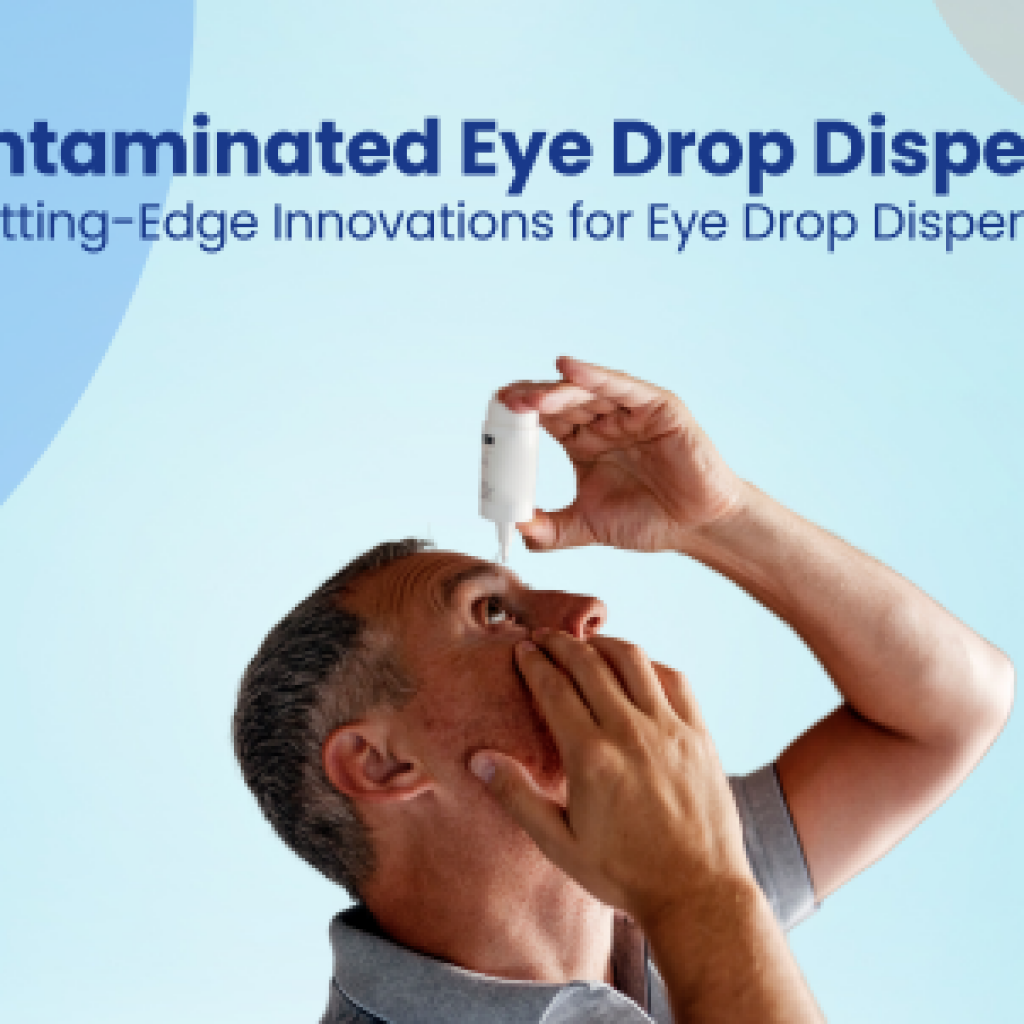Invalidating patents is hard. Invalidating a standard-essential patent (SEPs) is even harder.
SEPs claim technical solutions that are part of industry standards. Needless to say, they are much more valuable than regular patents. The technology behind these patents is developed by some of the best industry experts, mostly while working in an environment already filled with other industry experts and therefore, are tough nuts when comes to invalidation.
So, when I was assigned to a prior-art search for a patent essential for the HDMI standard, I was super excited. It was going to be a big battle.
The patent was related to how the color information is encoded and sent over an HDMI cable. I began by looking into the most natural place for a prior-art search: The Worldwide Patent Database. After going through a strenuous search and sifting through a couple of thousand patents, I wasn’t much pleased. All I had found was some bits and pieces of similar information, and it wasn’t good enough.
In our years of experience searching for prior art, we discovered that non-patent literature could be a rich source for finding prior art. With that thought in mind, I pored over the non-patent literature on other video interface standards like DVI, GVIF, EGA, SDI, et cetera. No luck in this case either.
There had to be some prior art. Not the one to accept defeat, I started checking magazine articles, discussion forums, user groups, textbooks, and even military research. Every unconventional place I could think of was covered, but I couldn’t find anything that suggested that similar tech was developed earlier.
In a nutshell, I had exhausted all the ‘hot-spots’ and now was feeling kind of down. The series of disappointments was forcing me to believe that this patent was actually strong and there might be no prior art for it. I was doubtful.
We have a philosophy at GreyB:
If you are unable to find prior-art, it just means you are unable to find prior-art. It does not mean that prior-art does not exist.
Of course, there may be few patents that are really novel but this philosophy helps me get up when things get really hard. Therefore, being a firm believer in the philosophy, I refused to give up. We still had a day left before the deadline and I did not want to get back to the client with No Results. There had to be something.
I took a deep breath and started reading the independent claim of the patent again.
Every time I looked at the claim, I felt the underlying concept was a simple one and that someone definitely would have come up with a similar solution if presented with a similar problem.
Time was running out and we needed more ideas. Perhaps, a brainstorming session could help.
So I gathered all my team members and described the situation to them. We brainstormed and tried to look at the problem from different angles:
What if we leave aside the video transmission for a while, in what other places such an encoding be utilized?
One of my colleagues suggested that we can see the color information just as numbers. And numbers are generated in a lot of circuits – they just need also to be encoded for transmission. Then someone suggested telemetry and then someone suggested analog-to-digital converters.
This looked promising. A/D converters could make use of similar encoding.
With this insight, I got back to work, this time looking for similar ideas in A/D converters. Pretty soon I found the same encoding scheme (with a different name) known and utilized in A/D technology for more than 15 years before the patent in question was even filed.
There were even some A/D ICs on the market that used this encoding scheme and they came from different manufacturers, including the big names like – Cypress, Texas Instruments, National Semiconductors, Linear Technologies. It meant that this encoding was common knowledge in this domain.
But this wasn’t enough. We still needed to link it all to video transmission.
Now, that part turned out to be really easy.
We made a list of all the ICs – that were manufactured by the above-mentioned companies and like, and started checking literature showing their use-cases, one-by-one, keeping an eye out for anything related to “video”, “picture”, “color” or something similar.
8 hours until the deadline, I finally found a document showing that one of these ICs had indeed been used to carry “pixel values” in a video card.
This critical piece of information completed the puzzle – I had found that a similar encoding scheme had been used in the video transmission field for the same purpose in the prior art.
With persistence, effort, and a different perspective to look at things, anything can be achieved, invalidation of a standard-essential patent is no exception!
To creativity!
Authored by: Mahesh Maan, Senior Research Analyst, Prior art.











